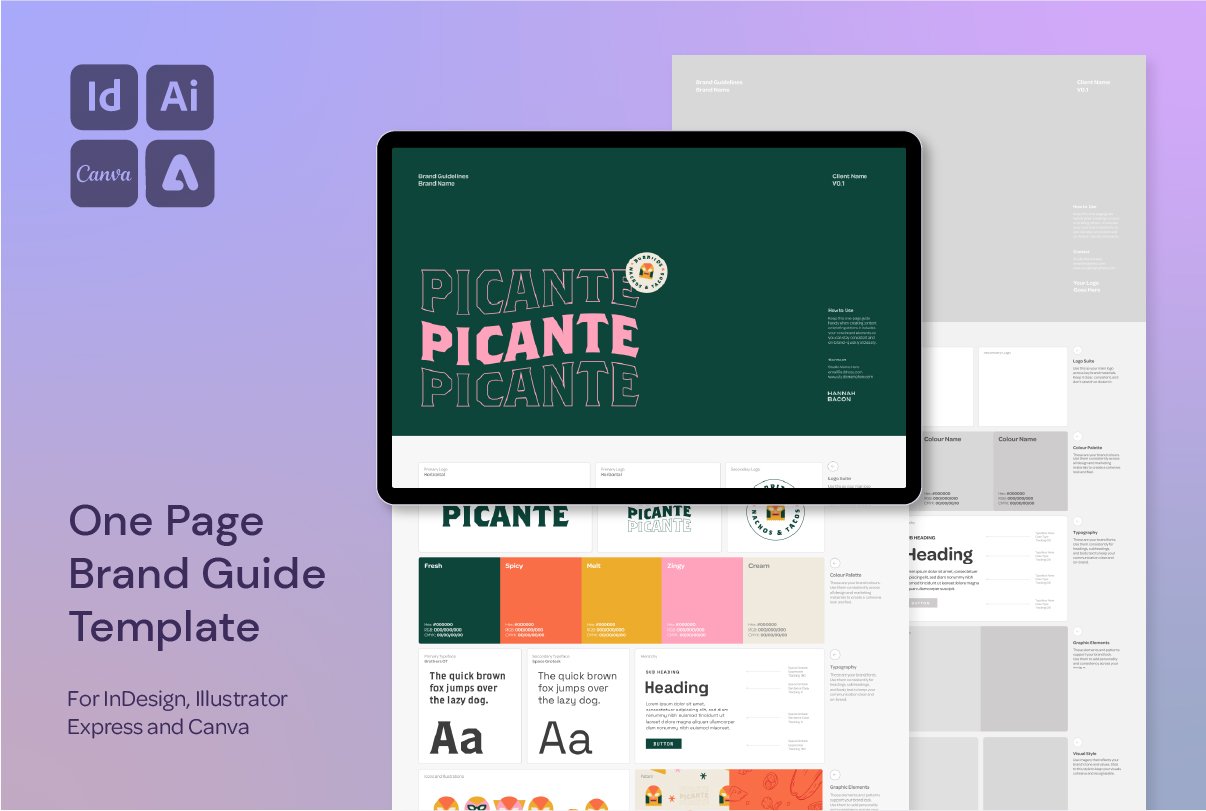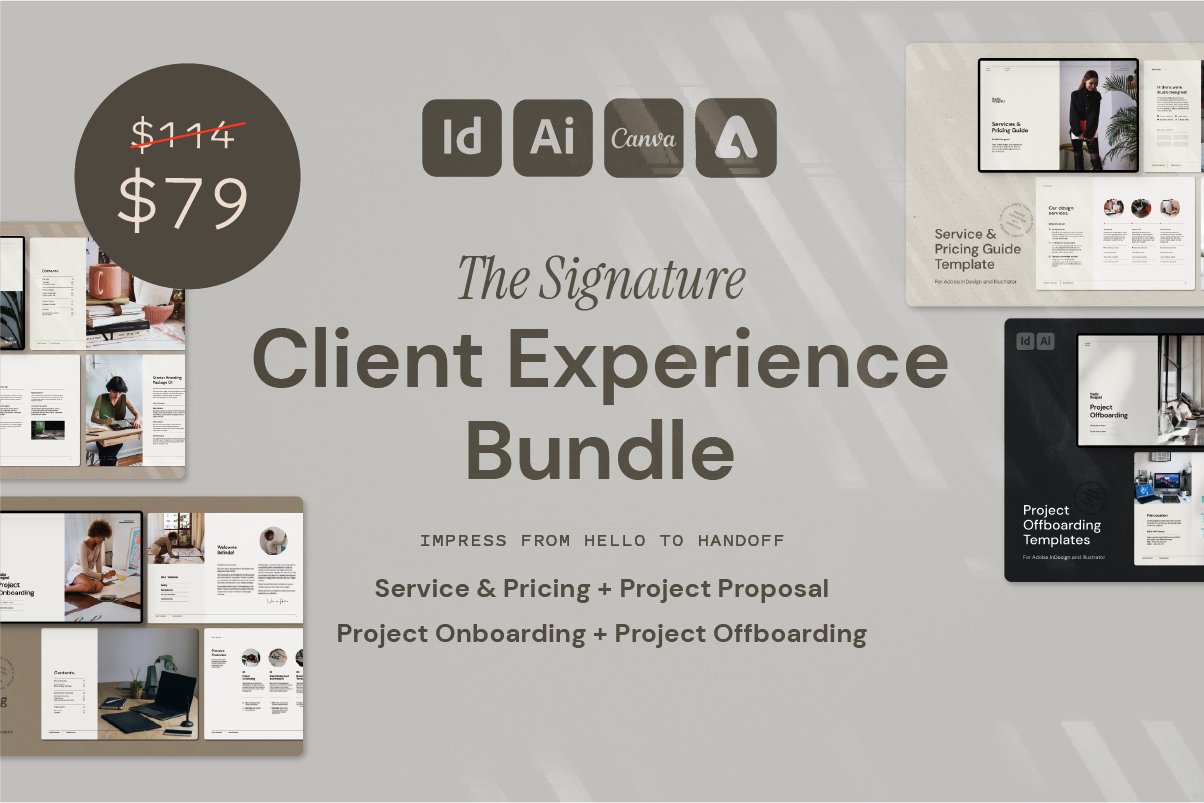4 Essential Tips for Working with Type on a Path in Adobe Illustrator
Level Up Your Type-on-a-Path Game in Illustrator With These 4 Tips
Curved type is everywhere—logos, badges, merch, and posters—and Illustrator makes it pretty easy to set up… once you know where to look.
Here are four of my favourite shortcuts for working with Type on a Path in Adobe Illustrator. These tricks will save you time, keep your layouts clean, and make it way easier to get creative with curved or angled typography.
Let’s Get Started!
Tip 1: Plan Your Layout First
Before you start placing type, take a second to sketch or block out your layout. Knowing how many words go on each path, how you want them to wrap, or whether you're working with an upper or lower arc helps you avoid a ton of fiddling later.
Bonus: Use guides or a base shape to map things out visually before you commit.
Tip 2: Click at the End (or Bottom) of the Path
When you’re placing text on a circle or shape, click at the end of the path—or at the bottom of the circle—with the Type on a Path tool.
Why? Illustrator will center your type on that path, making your layout cleaner from the start and reducing the amount of manual positioning needed.
Tip 3: Double-Click the Type Tool for Options
This is a game-changer: instead of hunting through menus to find Type on a Path settings, just double-click the Type Tool icon in the toolbar.
That instantly opens the Type on a Path Options panel, where you can:
Change alignment
Adjust spacing
Flip type inside or outside the path
Access the Stair Step and Skew effects
Tip 4: Use the Stair Step Effect
If you're placing type along an angled or irregular shape, it can be a nightmare to align each letter manually.
The Stair Step option in the Type on a Path settings panel makes this super easy. It adds subtle vertical positioning between letters, perfect for:
Curved slogans
Logo lockups
Diagonal or wave-style type
Play with the settings until it fits the energy of your design.
Want More Time-Saving Tools and Freebies?
This process is just one of the techniques I share across my design templates and digital assets, made especially for designers who want professional results—without starting from scratch every time.





